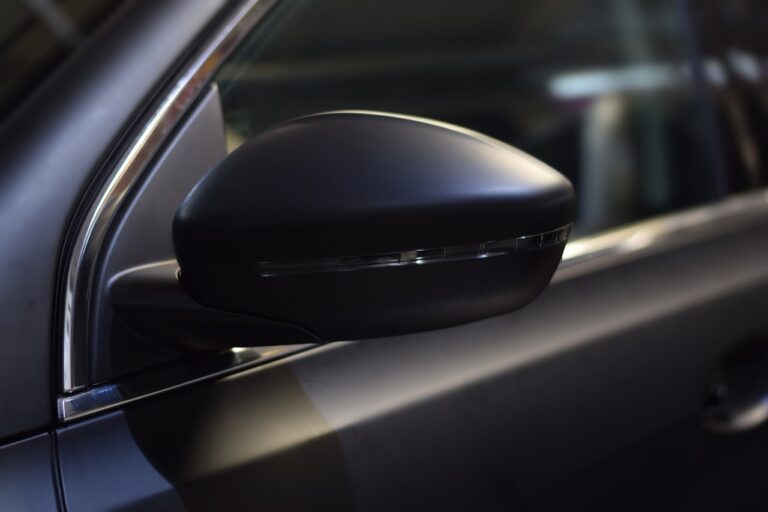Automotive Paint Quality Control: Ensuring Consistency and Performance
cricbet 99, sky1exchange com, reddy anna book: Automotive paint quality control is a crucial aspect of the manufacturing process that ensures consistency and performance of the final product. Without proper quality control measures in place, automotive paint can vary in color, texture, and durability, leading to customer dissatisfaction and potential safety hazards. In this article, we will explore the importance of quality control in automotive paint production and how it contributes to the overall success of the automobile industry.
The Role of Quality Control in Automotive Paint Production
Quality control in automotive paint production involves monitoring and evaluating the entire manufacturing process to ensure that the finished product meets the desired specifications. This includes testing raw materials, monitoring the mixing process, inspecting the application of the paint, and assessing the final appearance and performance of the paint job. By implementing quality control measures at every stage of production, automotive manufacturers can prevent defects, ensure consistency, and maintain high standards of quality.
One of the key goals of quality control in automotive paint production is to achieve color consistency. Automotive manufacturers often have specific color requirements for their vehicles, and any deviation from these standards can result in costly rework and delays in production. By using advanced color-matching technology and strict testing procedures, manufacturers can ensure that every batch of paint matches the desired color specifications, regardless of factors like temperature, humidity, and application technique.
In addition to color consistency, quality control measures also focus on other important aspects of automotive paint, such as adhesion, durability, and resistance to environmental factors. Automotive paint must adhere properly to the vehicle’s surface to prevent peeling and chipping, withstand exposure to UV radiation and harsh weather conditions, and maintain its appearance over time. Through rigorous testing and evaluation, manufacturers can identify any potential issues with the paint formulation or application process and make necessary adjustments to improve performance and longevity.
Overall, quality control in automotive paint production is essential for ensuring that the finished product meets the highest standards of quality, consistency, and performance. By implementing robust quality control measures, automotive manufacturers can enhance customer satisfaction, reduce waste and rework, and maintain a competitive edge in the industry.
The Importance of Compliance and Certification
In addition to internal quality control measures, automotive manufacturers must also adhere to industry standards, regulations, and certifications to ensure the safety and sustainability of their products. Compliance with regulations such as VOC (volatile organic compound) limits, hazardous waste disposal, and air emissions is essential for protecting the environment and public health, as well as avoiding fines and legal repercussions.
Certifications such as ISO 9001 (quality management) and ISO 14001 (environmental management) demonstrate a manufacturer’s commitment to quality, consistency, and sustainability in automotive paint production. These certifications provide reassurance to customers, suppliers, and regulatory bodies that the manufacturer has implemented effective quality control measures and is continuously improving its processes to meet or exceed industry standards.
By achieving and maintaining compliance with regulations and certifications, automotive manufacturers can enhance their reputation, build customer trust, and demonstrate their commitment to producing safe, high-quality products that meet the highest standards of performance and environmental responsibility.
The Role of Technology in Automotive Paint Quality Control
Technology plays a crucial role in automotive paint quality control by enabling manufacturers to monitor, analyze, and optimize their production processes in real-time. Advanced color-matching software, spectrophotometers, and other digital tools allow manufacturers to precisely measure and control the color of automotive paint, ensuring consistency and accuracy across different production batches.
Automated inspection systems and robotics are also used to evaluate the adhesion, gloss, texture, and thickness of automotive paint more efficiently and accurately than manual methods. These technologies can detect subtle defects and deviations that may not be visible to the naked eye, enabling manufacturers to identify and address quality issues before they impact the final product.
In addition, data analytics and machine learning algorithms are increasingly being employed in automotive paint quality control to analyze large volumes of production data, identify patterns and trends, and predict potential quality issues before they occur. By harnessing the power of technology, manufacturers can optimize their processes, reduce waste, and continuously improve the quality and performance of automotive paint.
Conclusion
Automotive paint quality control is a critical aspect of the manufacturing process that ensures consistency, performance, and compliance with industry standards. By implementing robust quality control measures, manufacturers can achieve color consistency, enhance durability, and improve the overall quality of automotive paint. Compliance with regulations and certifications demonstrates a manufacturer’s commitment to quality, sustainability, and customer satisfaction. Technology plays a key role in automotive paint quality control by enabling manufacturers to monitor, analyze, and optimize their production processes more efficiently and effectively. By embracing the latest advancements in technology and quality control practices, automotive manufacturers can maintain a competitive edge in the industry and deliver high-quality products that meet the demands of customers and regulatory bodies alike.
FAQs:
Q: What are some common quality issues in automotive paint production?
A: Some common quality issues in automotive paint production include color inconsistency, adhesion failure, orange peel texture, and uneven gloss or sheen.
Q: How can automotive manufacturers prevent defects in paint production?
A: Automotive manufacturers can prevent defects in paint production by implementing rigorous quality control measures, using advanced technology for color matching and inspection, and complying with industry regulations and certifications.
Q: What are the benefits of achieving ISO 9001 and ISO 14001 certifications in automotive paint production?
A: Achieving ISO 9001 and ISO 14001 certifications demonstrates a manufacturer’s commitment to quality, consistency, and sustainability in automotive paint production. These certifications enhance the manufacturer’s reputation, build customer trust, and ensure compliance with industry standards and regulations.







